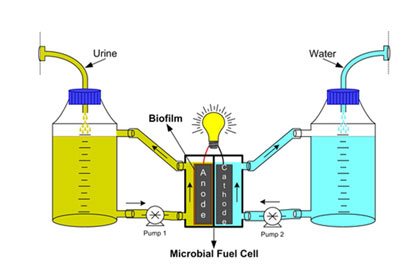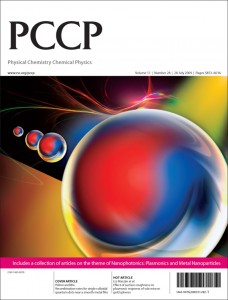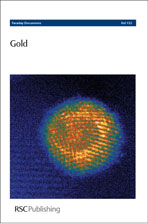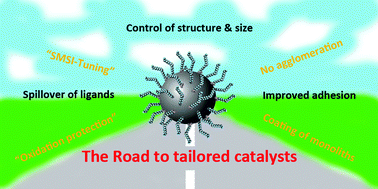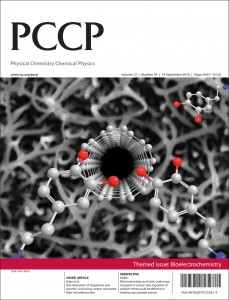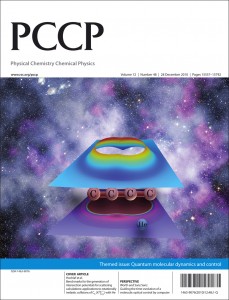 Physical Chemistry Chemical Physics (PCCP) Advisory Board members Stefan Grimme, Dage Sundholm and So Hirata, experts in the field of theoretical and computational chemistry, have picked their favourite articles recently published in this area in PCCP. This collection highlights the breadth of theoretical research featured in PCCP.
Physical Chemistry Chemical Physics (PCCP) Advisory Board members Stefan Grimme, Dage Sundholm and So Hirata, experts in the field of theoretical and computational chemistry, have picked their favourite articles recently published in this area in PCCP. This collection highlights the breadth of theoretical research featured in PCCP.
Theory is an important part of PCCP, which is supported by the theoretical and computational chemists on our Editorial and Advisory Boards. In addition to Professors Grimme, Sundholm and Hirata, these include Carlo Adamo, Vincenzo Barone, Matthais Bickelhaupt, David Clary, Alain Fuchs, Peter Gill, Martin Head-Gordon, Pavel Hobza, Roman Krems, Todd Martinez, Pekka Pyykkö, Joachim Sauer, Berend Smit and Hans-Joachim Werner.
Read our Editor’s choice ‘theory’ selection for free today:
New electron correlation theories for transition metal chemistry
Konrad H. Marti and Markus Reiher
DOI: 10.1039/C0CP01883J
High-dimensional ab initio potential energy surfaces for reaction dynamics calculations
Joel M. Bowman, Gábor Czakó and Bina Fu
DOI: 10.1039/C0CP02722G
Forward–backward semiclassical and quantum trajectory methods for time correlation functions
Nancy Makri
DOI: 10.1039/C0CP02374D
Electronic structure in real time: mapping valence electron rearrangements during chemical reactions
Philippe Wernet
DOI: 10.1039/C0CP02934C
The polymorphism of ice: five unresolved questions
Christoph G. Salzmann, Paolo G. Radaelli, Ben Slater and John L. Finney
DOI: 10.1039/C1CP21712G
Relativity and the mercury battery
Patryk Zaleski-Ejgierd and Pekka Pyykkö
DOI: 10.1039/C1CP21738K
Aromaticity of strongly bent benzene rings: persistence of a diatropic ring current and its shielding cone in [5]paracyclophane
Leonardus W. Jenneskens, Remco W. A. Havenith, Alessandro Soncini and Patrick W. Fowler
DOI: 10.1039/C1CP21950B
Ab initio molecular dynamics simulations of a binary system of ionic liquids
Marc Brüssel, Martin Brehm, Thomas Voigt and Barbara Kirchner
DOI: 10.1039/C1CP21550G
On the physisorption of water on graphene: a CCSD(T) study
Elena Voloshina, Denis Usvyat, Martin Schütz, Yuriy Dedkov and Beate Paulus
DOI: 10.1039/C1CP20609E
A thorough benchmark of density functional methods for general main group thermochemistry, kinetics, and noncovalent interactions
Lars Goerigk and Stefan Grimme
DOI: 10.1039/C0CP02984J
Interlayer interaction and relative vibrations of bilayer graphene
Irina V. Lebedeva, Andrey A. Knizhnik, Andrey M. Popov, Yurii E. Lozovik and Boris V. Potapkin
DOI: 10.1039/C0CP02614J
Demystifying the solvatochromic reversal in Brooker’s merocyanine dye
N. Arul Murugan, Jacob Kongsted, Zilvinas Rinkevicius and Hans Ågren
DOI: 10.1039/C0CP01014F
Microscopic structure and dynamics of air/water interface by computer simulations—comparison with sum-frequency generation experiments
Yanting Wang, Nathan O. Hodas, Yousung Jung and R. A. Marcus
DOI: 10.1039/C0CP02745F
Pseudo Jahn–Teller origin of cis–trans and other conformational changes. The role of double bonds
Pablo Garcia-Fernandez, Yang Liu, Isaac B. Bersuker and James E. Boggs
DOI: 10.1039/C0CP00900H
Intracule functional models. V. Recurrence relations for two-electron integrals in position and momentum space
Joshua W. Hollett and Peter M. W. Gill
DOI: 10.1039/C0CP02154G
Potential energy surfaces for gas-surface reactions
Terry J. Frankcombe and Michael A. Collins
DOI: 10.1039/C0CP01843K
Temperature dependence of crystal growth of hexagonal ice (Ih)
Dmitri Rozmanov and Peter G. Kusalik
DOI: 10.1039/C1CP21210A
A molecular dynamics study of 1,1-diamino-2,2-dinitroethylene (FOX-7) crystal using a symmetry adapted perturbation theory-based intermolecular force field
DeCarlos E. Taylor, Fazle Rob, Betsy M. Rice, Rafal Podeszwa and Krzysztof Szalewicz
DOI: 10.1039/C1CP21342C
Are ab initio quantum chemistry methods able to predict vibrational states up to the dissociation limit for multi-electron molecules close to spectroscopic accuracy?
Péter G. Szalay, Filip Holka, Julien Fremont, Michael Rey, Kirk A. Peterson and Vladimir G. Tyuterev
DOI: 10.1039/C0CP01334J
Computing the inhomogeneous broadening of electronic transitions in solution: a first-principle quantum mechanical approach
Francisco José Avila Ferrer, Roberto Improta, Fabrizio Santoro and Vincenzo Barone
DOI: 10.1039/C1CP22115A
First-principles calculation of electronic spectra of light-harvesting complex II
Carolin König and Johannes Neugebauer
DOI: 10.1039/C0CP02808H
Beyond the Förster formulation for resonance energy transfer: the role of dark states
C. Sissa, A. K. Manna, F. Terenziani, A. Painelli and S. K. Pati
DOI: 10.1039/C1CP21004A
Publishing work of the highest quality in the broad fields of physical chemistry, chemical physics and biophysical chemistry, PCCP is the ideal place to publish your research.
On behalf of the Editorial Board we invite you to submit your best work to PCCP.
PCCP now offers you the chance to publish your accepted article as an Accepted Manuscript. This means that your research is available, in citable form, to the community even more rapidly. Click here for more information.











